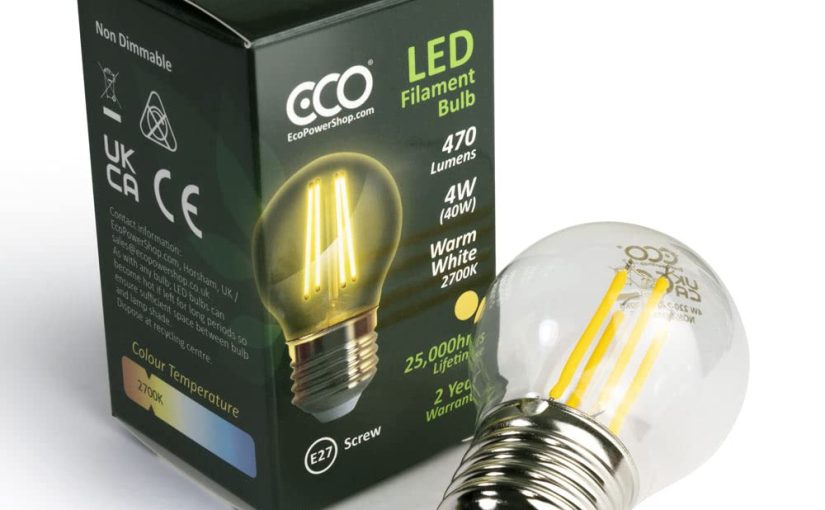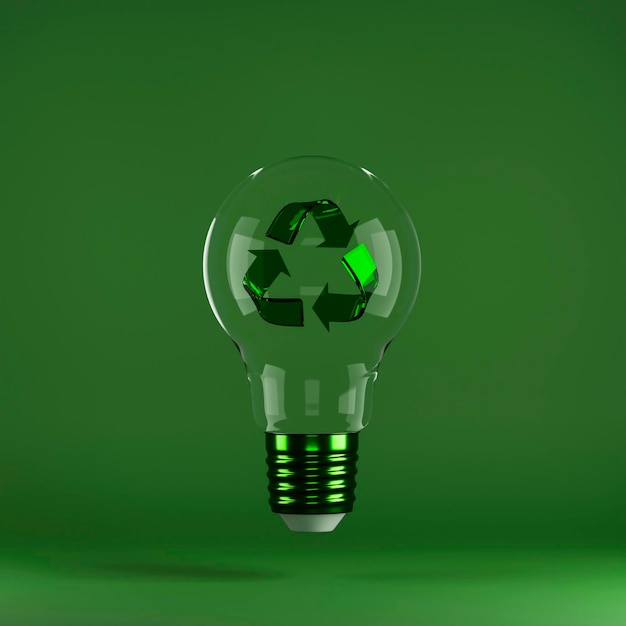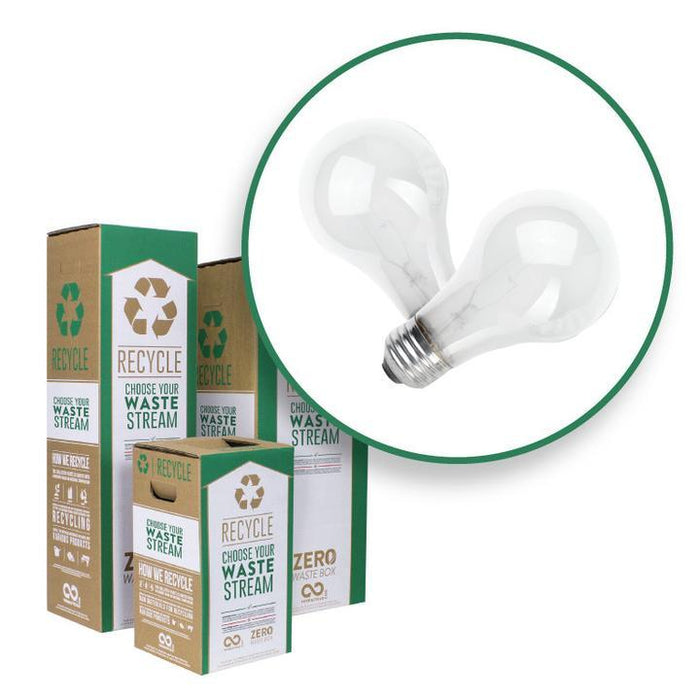Identifying Your LED Bulbs for Recycling
Proper LED bulb recycling starts with identifying the bulbs. LED, short for Light Emitting Diodes, bulbs come in various shapes and sizes. Each type may have a different recycling process. It’s crucial to know the exact type before recycling.
Knowing the Types of LED Bulbs
Different kinds of LED bulbs are used for distinct purposes. Recognize the common types to ensure correct disposal.
- Standard LED bulbs: These are the typical bulbs used in household lighting. They have a standard shape and fit common light fixtures.
- Tube LEDs: These are long, cylindrical bulbs often used in office or commercial settings. They mimic traditional fluorescent tubes.
- Smart LED bulbs: These contain technology to be controlled remotely, often via apps. Their components might affect recycling methods.
- Industrial LED lights: Large and powerful, these are used in warehouses and outdoor areas. Industrial LED light fixtures may have specialized disposal guidelines.
- Decorative LED lights: Smaller and designed for mood lighting, they often come in shapes or as strings of lights. These may have different recycling requirements.
Look for symbols on the bulb or packaging. The crossed-out trash bin indicates that the LED shouldn’t go in regular waste. If unsure, consult the bulb’s user manual or manufacturer’s website for disposal information.
Sorting your LED bulbs by type aids recycling centers in processing them efficiently. Remember not to dispose of LED bulbs with household trash. Next, you’ll find out why proper disposal is vital for our environment.
Environmental Impact of LED Disposal
When LED bulbs reach the end of their life, proper disposal is crucial. The materials they contain, if not handled correctly, can harm the environment. Improper disposal can lead to toxic substances leaching into soil and water sources. These substances could harm wildlife and humans alike. By recycling LED bulbs, we prevent harmful materials from polluting our planet.
Why Proper Disposal is Important for LEDs
LED bulbs are known for their efficiency and long life. Yet, when they stop working, we must dispose of them responsibly. Unlike traditional bulbs, LEDs have components that can negatively impact the environment. Some LEDs contain metals that could be toxic if they enter our ecosystems. By disposing of them properly, we minimize this risk.
Safe LED disposal prevents the release of toxic materials. It also allows for the recovery of reusable components. Conscientious recycling keeps LED parts out of the waste stream. This effort can also reduce the need for new raw materials in manufacturing. It’s a way to conserve resources and shield our environment from potential harm.
In essence, the careful disposal of LEDs supports sustainability. It ensures that we protect natural habitats and conserve vital resources for future generations.
Local Recycling Options for LED Bulbs
Finding the right place to recycle LED bulbs is key. Your local area may have several options.
Curbside Pickup Services
Some cities offer curbside pickup for LED bulb recycling. Check with your local waste management to see if this service is available. They may ask you to place LEDs in a special bag on top of your recycle bin.
Drop-off Centers and Hardware Stores
Many local drop-off centers accept LED bulbs. These could be at recycling facilities or designated areas at waste sites. Another option is hardware stores. Stores like Home Depot and Lowe’s often have recycling bins for LEDs. Always call ahead to confirm they accept LED bulbs for recycling.
Packing and Preparing LED Bulbs for Recycling
When recycling LED bulbs, packing them safely is key. Proper packaging prevents breakage and ensures safe transport to recycling facilities.
Safe Packaging Methods
To pack LED bulbs for recycling, follow these steps:
- Use the original bulb packaging if available as it’s designed to protect the bulb.
- If the original package is not available, find a sturdy box to hold the bulbs.
- Cushion the bulbs with bubble wrap, newspaper, or foam peanuts.
- Position the bulbs so they don’t touch each other which reduces risk of breaking.
- Seal the box with strong tape and label it ‘Recyclable LED Bulbs’ for clarity.
These steps keep the bulbs secure and prepare them for recycling correctly.
Tips to Avoid Breakage
Broken bulbs can be hazardous. To avoid breakage:
- Handle bulbs with care while packing. Gentle movements will prevent damage.
- Don’t stack heavy items on top of the box filled with bulbs.
- Place the box in a part of your vehicle where it won’t shift during transport.
- Ensure the recycling center knows the contents are fragile when dropping off.
By being cautious and using proper packaging, you help ensure bulbs arrive intact for recycling. This cares for the environment and follows responsible recycling practices.
National Mail-Back Programs for LED Bulb Recycling
National mail-back programs offer an easy way to recycle LED bulbs. These services allow you to send spent bulbs through the mail to a recycling facility.
How to Use Mail-Back Services
To use a mail-back service, follow these simple steps:
- Order a mail-back kit from a participating company.
- Pack your used LED bulbs in the provided package.
- Seal the package and attach the prepaid shipping label.
- Drop the package off at a postal service or arrange for pickup.
Ensure bulbs are snug in the package to prevent breakage during shipping. Some companies may also provide instructions for safe packing.
Benefits of Using National Programs
Mail-back programs for LED bulb recycling have several benefits:
- Convenience: You can recycle from home, without needing to find a local drop-off.
- Safety: Proper packaging ensures safe transport, minimizing environmental risk.
- Compliance: These services ensure proper handling according to regulations.
- Accessibility: For areas without local recycling, mail-back services offer a solution.
By using these programs, you help keep harmful materials out of landfills. This is good for the planet. Always check for a mail-back program when local options are limited. This supports responsible LED bulb recycling.
Responsible Recycling Benefits
Responsible recycling of LED bulbs has significant advantages. It not only aids in environmental protection but also conserves valuable resources for future use.
Conserving Materials and Energy
Recycling LED bulbs helps save materials and energy. It prevents the need for new resources. This is important as it reduces mining and manufacturing impacts. Recycling allows materials from old bulbs to be reused. This includes glass, metal, and plastics. It also lowers energy used in production processes. In turn, this cuts greenhouse gas emissions. This is good for our atmosphere.
Protecting Soil and Water from Contamination
LED bulbs have substances that can harm the environment. Recycling prevents these from reaching the soil and water. This avoids damage to ecosystems and human health. When bulbs break in landfills, they may release toxins. These toxins can seep into the ground or waterways. Recycling captures these toxins safely. This helps to keep our drinking water and crop fields clean. It also shields animals from harmful exposure.
When tossing out LED bulbs, think about the larger impact. Always choose to recycle.
Steps for Proper Disposal of LED Light Bulbs
Proper disposal of LED bulbs is critical to protect the environment. Follow these steps to ensure safe and responsible recycling of your LED light bulbs.
Preparing LED Bulbs for Recycling
Wrapping each bulb in newspaper or bubble wrap keeps them safe. Place wrapped bulbs into a box. Cushion them with more packing material. Label the box ‘LED bulbs for recycling’. This will help prevent breakage and spills during transport.
Safety is most important when handling used bulbs. Wear gloves to protect your hands. Gently place each bulb in your prepared packaging. This prevents harm to you and the workers at recycling centers.
Locating Appropriate Recycling Facilities
Start by searching online with keywords like ‘LED bulb recycling near me’. Check the recycling guidelines in your area. Local waste facilities often have drop-off times for hazardous waste. Many hardware stores also provide recycling bins for LED bulbs. Call ahead to confirm and find out the drop-off process.
If local options are sparse, look for mail-back services. These programs provide special packaging for shipping bulbs safely. They ensure bulbs are handled correctly and keep toxic parts out of the trash. By locating the right recycling facilities, we take a big step in caring for our planet.
In summary, prepare your LED bulbs carefully and find a suitable recycling spot. These simple actions make a positive difference for the environment.



